The 1870s was a transformative decade that’s closer to the cobblestone streets and horse-drawn carriages than to our modern world of skyscrapers and smartphones. Let’s take a sentimental stroll down memory lane, specifically focusing on a place that’s as rich in history as it is in natural beauty—Staten Island.
Staten Island, one of New York City’s five boroughs, was a land primarily devoted to fishing and farming during the 1870s. Imagine stepping off the ferry and being greeted by the salty aroma of the sea mingled with the earthy scent of fertile land. In contrast to the burgeoning metropolis of Manhattan, Staten Island was a sanctuary for those who preferred a simpler way of life. Oyster fishing was a big deal back then, and the waters around Staten Island were a bountiful source. The oysters harvested here were known far and wide, even finding their way onto the plates of European royalty.
The Influence of Local Culture
Staten Island was a melting pot of cultures, even in the 1870s. With Dutch, English, and French settlers calling it home, you could walk through different parts of the island and feel like you were stepping into a new world at each turn. The local taverns often echoed with the sounds of multiple languages, as people swapped stories over tankards of ale. This cultural blending led to a unique fusion of architectural styles, visible in the churches, homes, and civic buildings. The famed St. George Theater, although not yet built in the 1870s, would later epitomize this rich cultural heritage.
Moments That Made History
The 1870s were a significant period, not just for the island but for the United States as a whole. The echoes of the Civil War were still fresh, and Reconstruction efforts were underway. Staten Island saw an influx of both freed slaves and immigrants looking for a fresh start, adding to the area’s diversity.
One historical milestone was the opening of the Staten Island Ferry in 1870, a lifeline that connected the island to the heart of New York City. The ferry remains an iconic symbol, still in operation today.
Social Life and Traditions
Social life was often centered around community gatherings, churches, and the local taverns. Picture a barn dance, held under a starlit sky, where young and old came together to celebrate the harvest season. There was no Facebook, no text messages—just handwritten invitations and word-of-mouth. The sense of community was strong; everyone knew each other, and traditions were passed down from generation to generation.


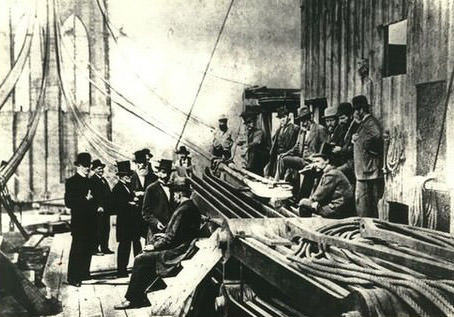
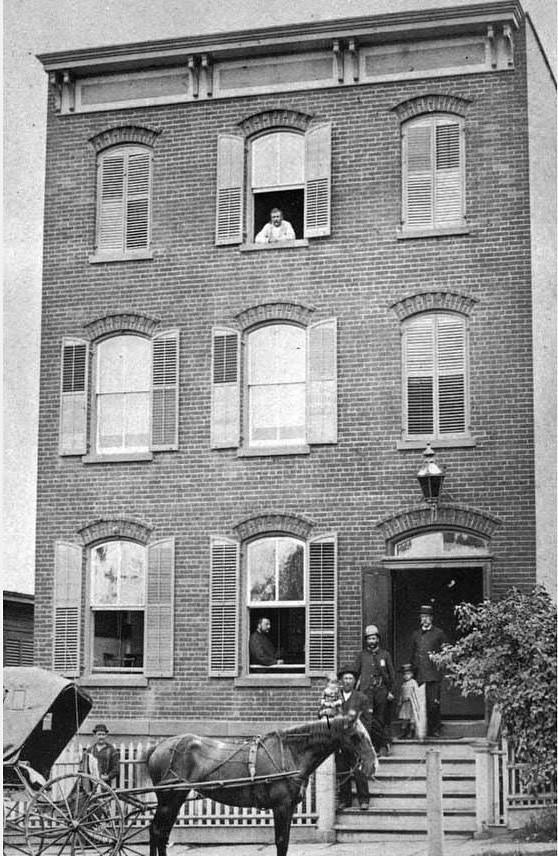
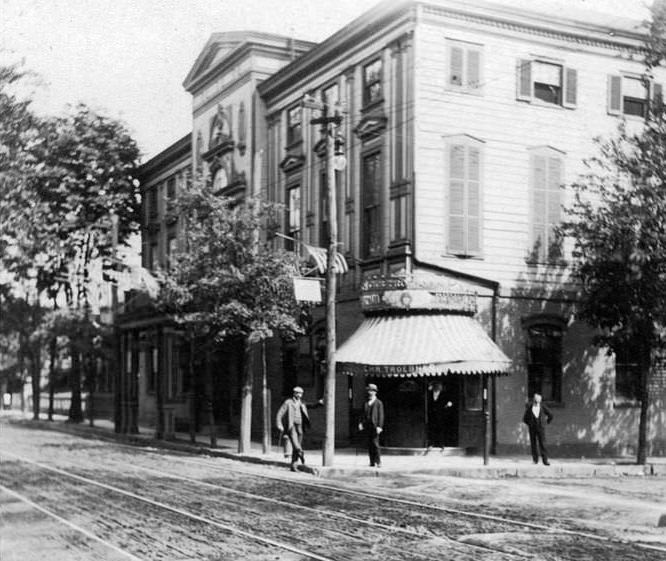
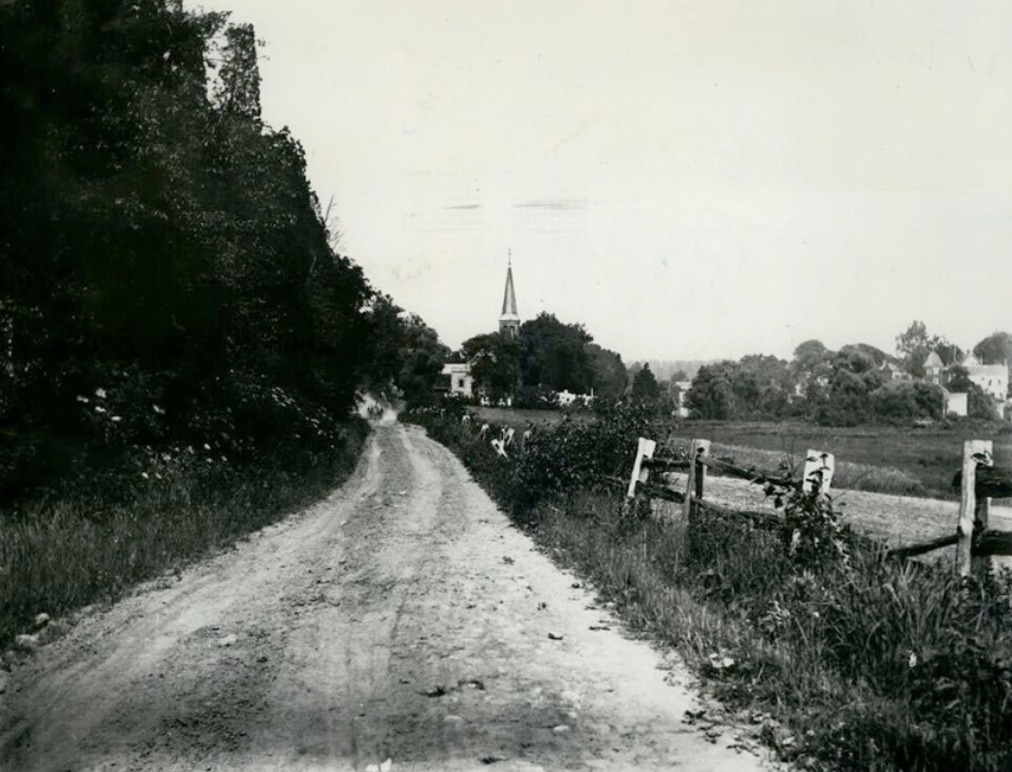
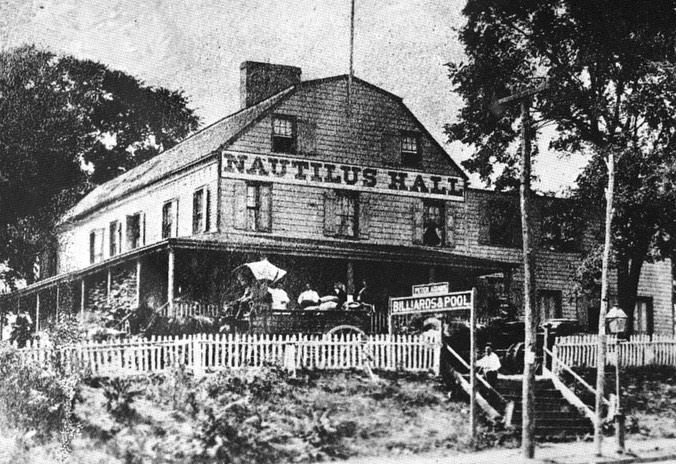
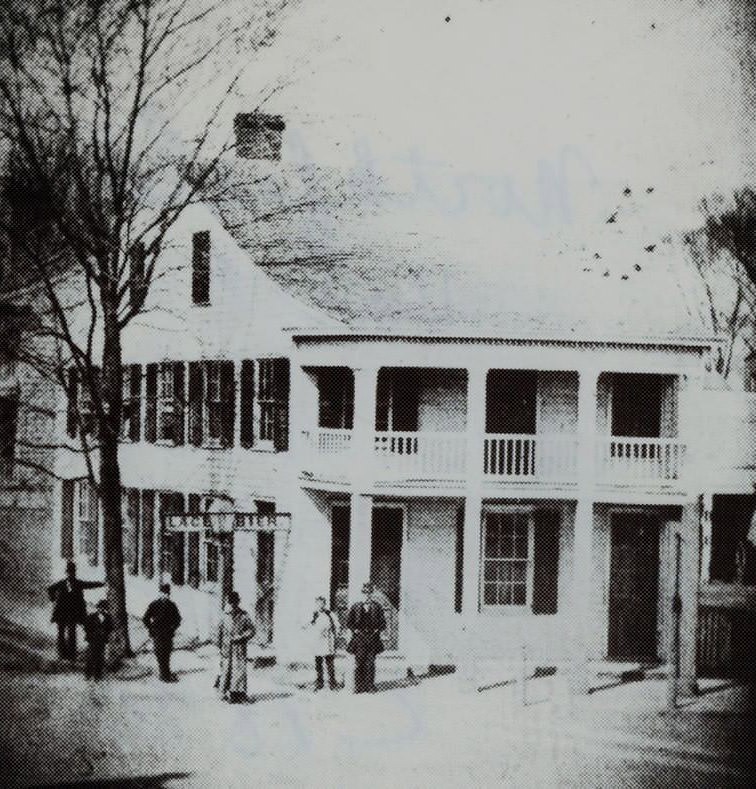
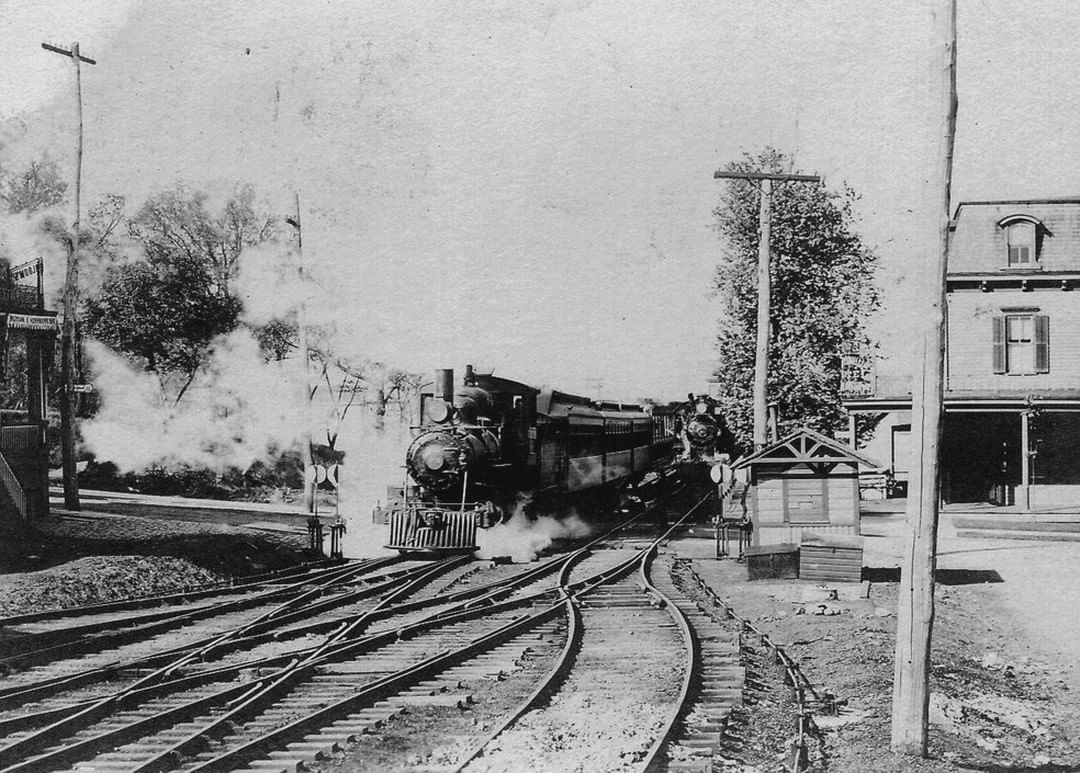
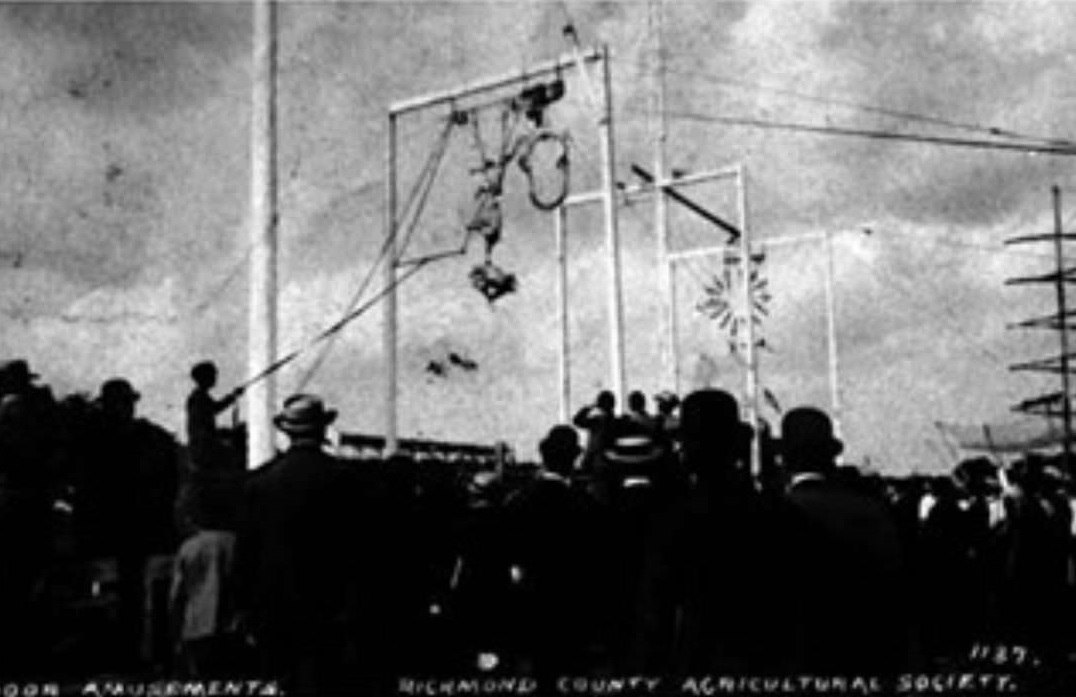

GIPHY App Key not set. Please check settings